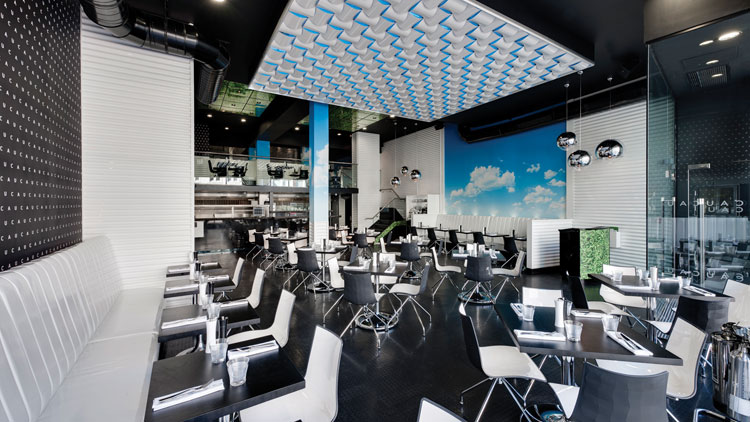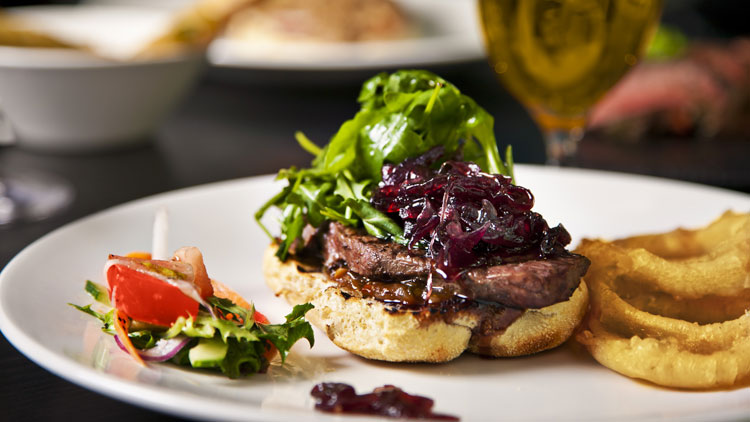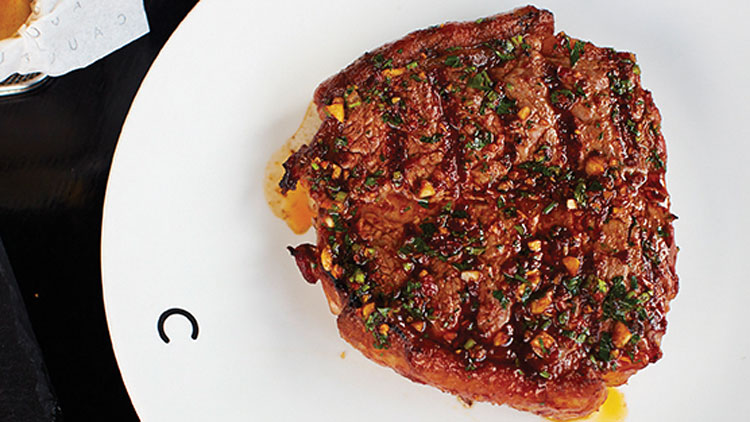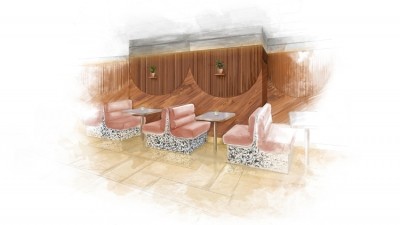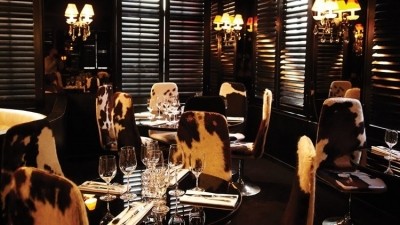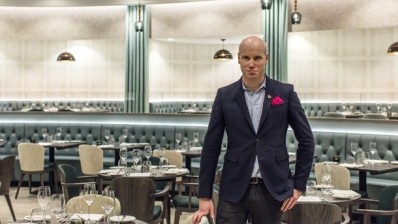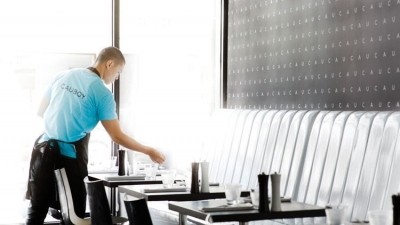What went wrong at Cau?
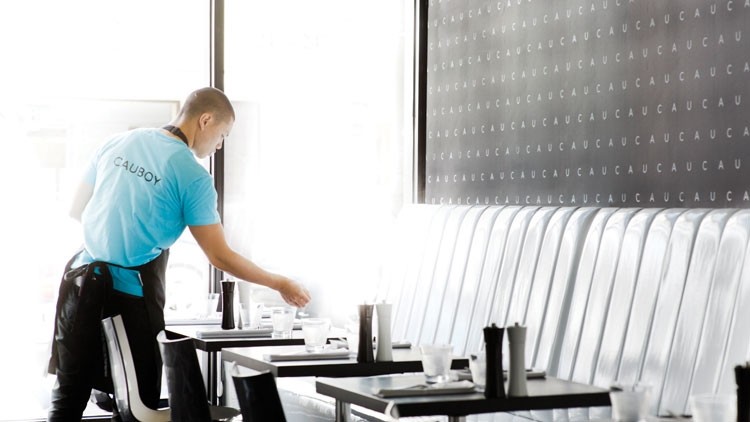
When former Cau managing director Graham Hall sat down with BigHospitality in 2015, he was bullish about the group’s prospects.
“We’re aiming for eight to 10 openings a year over the next three to four years, which will take us to 30-40 restaurants, and that’s where we want to be,” he said.
At the time the group had 13 restaurants and was on track for a further four by 2016. Fast forward four years and the more casual sibling to the Gaucho steakhouse brand has become the latest casualty of the high street.
The 22-strong chain shut its doors on 19 July, with 540 job losses, as parent company Gaucho entered administration. While administrator Deloitte says Cau was “significantly loss-making”, its sister Gaucho brand remains profitable. So what went wrong?
A case of identity
Speaking one year earlier, Hall - who was then operations director - was clear that Cau needed to distinguish itself from Gaucho. “It’s important that we build our own identity,” he told Restaurant magazine. Yet what was Cau’s remit?
While London-centric Gaucho occupies a clear space in the high-end market, with customers willing to splash some serious cash on its Argentine steaks and six-course, £79 tasting menu, Cau’s brand was more muddled.
Billed as a more casual, affordable version of its shiny parent brand, its Buenos Aires-inspired menu went beyond beef to pastas, sandwiches and burgers. The branding also took a different turn, with ‘grass’ tiled ceilings, white PVC banquettes and walls painted to look like the sky.
Cau, which stands for Carne Argentina Unica, launched in a busy tourist area of Amsterdam in 2010 before opening in Guildford in 2011. By 2016 the group reached more than 20 sites, but the cracks had already begun to show. In a statement earlier this week Deloitte said the chain has suffered negative like-for-like sales for the past three years, which were down to a number of reasons.
“Unfortunately the Cau brand has struggled in the oversupplied casual dining sector with rapid over-expansion, poor site selection, onerous lease arrangements and a fundamentally poor guest proposition all being factors in its underperformance," says Matt Smith, joint administrator at Deloitte.
Location location
The move into more suburban areas with Cau has also proved tricky for the brand.
“The management team in Gaucho were successful in rolling out Gaucho but there needs to be a fundamental mind shift in taking on a suburban location versus a city centre one,” says Kieran Lawton, investment director at Palatine Private Equity.
“For some of Cau’s sites, for example, the capex was too high for what would have been generated on a weekly basis in terms of sales, so the operational metrics are very different to what Gaucho would have done in the centre of town. But you’d think that would be factored into their thinking, so something has gone wrong somewhere along the line, maybe in terms of delivery, or pricing, or cost structure or even property. But it all comes down to the fact that quite clearly the operational fundamentals and metrics at Cau haven’t worked.”
Struggling spin-offs
Cau's failure as a more informal, lower average spend sister brand is all too familiar.
Hawksmoor, another high-end steak chain, has similarly struggled to make a runaway success of its spin-off brand Foxlow, with two sites having closed in the past two years.
Leon recently launched Thai concept Tuk Shop with ambitions for it to act as a second “engine of growth” for the business, but pulled the plug, reverting the Shaftesbury Avenue site back to a Leon after just two months of trading.
Outside the capital PizzaExpress also shelved its chicken concept Reys, which debuted in Cambridge, after a few months.
Sister brands have a strong appeal, as they allow a successful business to expand in to areas not suitable for the hero concept. But why do so many fail?
“In theory [opening a sister brand] stacks up,” says Lawton. “You’ve got an established brand that people know and love, so if you can create a sub brand that works and is a variation of a theme you’re just opening out your roll out potential and therefore the scalability of the concept, and that all makes sense.
“Cau and Gaucho are fundamentally similar just targeting different things, but there is a different focus and [a sub brand] requires a different way of thinking than just applying the principles that made the main brand so successful.”
The spin-off concepts which have performed well are those which have kept a closer association with their parent brands, the most notable of which is The Ivy Collection.
The fast-spreading concept has leveraged the name of the iconic theatre land restaurant to open 24 sites under its Ivy Café, Grill and Brasserie brands since 2014. More restaurants are in the pipeline for this year, with MCA reporting that turnover is already nudging over the £100m mark.
Another successful sub brand has been San Carlo with its Cicchetti format. “Cicchetti is interesting in that they’ve taken what they do as a standard, varied it with smaller plates, but kept the San Carlo bit, so there’s some association with the core brand,” says Lawton.
Looking ahead
So where does this leave Gaucho? The chain still has a number of high performing sites in the UK, as well as restaurants in Dubai, Hong Kong and Buenos Aires, and Deloitte is looking to find a buyer.
“The Gaucho business, which operates in the premium dining market, continues to trade well in its market segment, is profitable and has a strong underlying brand and guest loyalty,” says Deloitte's Smith.
But is releasing itself from Cau going to be enough in a market where the number of vegans in the UK has more than tripled over the last decade? Gaucho is operating in a tough climate, and with high-end rival Hawksmoor continuing its stampeding success, and operators such as Flat Iron offering good quality steak at a more affordable price, is there still an appetite for premium Argentine steaks? Lawton thinks so.
“From a consumer point of view, people respect Gaucho for what it is, it’s good at what it does and it looks to still be trading well,” says Lawton. “Gaucho is a good strong brand, it’s well known and it’s got a solid base from which to build, and that hasn’t changed.”
